Let me be candid right off the bat about “no-cost refinancing." Before I lead you any further down the dream-like path of no-cost refinancing we need to get one thing straight; It does not exist. What they call no-cost financing is in truth “normal full cost” refinancing that is in reality “no-money-out-of-your-pocket-refinancing.”
In this article, I’m going to debunk the myth of the ZERO COST refinance, explain to you what is really being offered and show you the different options available under this umbrella so you can make an informed decision about which option is best suited to you.
The myth of the ZERO COST refi is really nothing more than a marketing ploy designed to get prospects excited enough to pick up the phone and call a lender. Whether you find this marketing tool unethical or not, it does work and has been used quite effectively for a while now.
The truth of the matter is, there are ALWAYS hard costs involved when refinancing a home and they do not simply go away under a ZERO COST refi. What this should be called is the NO CASH OUT OF YOUR POCKET refi because that’s a much better way of describing what is going on here. Let me explain…
Whenever you refinance, there are always charges that are simply part of the process. Everything from the appraisal, pulling credit reports, lender and bank fees, the search for the title, title insurance as well as good old Uncle Sam, and at some point, the person doing the refi expects to get paid.
You’ll also need to set up an escrow account that is new for your taxes and insurance and put in two months’ worth of payments to start. Yes, you get the money back at the end but until then (many years from now most likely) you have to produce the money upfront.
As I stated earlier, there really is no such refinance that I have ever heard of that doesn’t accrue these charges. These costs do not just disappear on a no-cost refinance (wouldn’t it be nice if they did)...they are simply hidden.
Don’t worry; I can hear you asking the inevitable question I've heard many times before; “So if refinancing has all these fees, how can lenders offer so-called “no-cost-refinancing?”
Well, as explained they really don’t. What they actually offer is “no-cash-out-of-your-pocket-refinancing,” and there are two kinds of those.
Here is an in-depth article about how to judge if a no out of pocket cost refinance loan is for you:
https://www.bankrate.com/finance/mortgages/is-no-closing-cost-mortgage-for-you.aspx
The most used form of “no-cost” refinancing is where they add all of the costs to the loan amount. That's right, costs for closing, taxes, and escrows for insurance are added to your current mortgage owed a balance and then they increase the size of the mortgage to cover these costs. This may not seem like what you intended when you started looking for refinancing but over time, this has still proven to be an option that gets the desired results for most clients.
Now let's say you have a $250,000 30-year mortgage and a 5.50% interest rate by paying $1,420/month and you want to lower your monthly payment. If you get into a new 30-year mortgage for $255,000 which pays off the current mortgage as well as paying the closing costs of $5,000, plugged into an interest rate of 4.25%, your new monthly payment is $1,255. That is a monthly savings of $165.
If the $165/month savings was your goal then it works perfectly using the new loan to cover the $5,000 worth of costs. At the end of the day, that monthly savings may be exactly what your family needs in a tough financial climate.
The second way this is done is by the lender offering the home a slightly higher interest rate than that bank is. With this one, you’ll have to pay your tax and insurance escrows separately. So if the rates for 30-year mortgages are 4.25%, and a lender offers 30-year mortgages at 4.75%, the lender earns more. This incremental revenue is then offered as ‘lender credit’ and can be used to pay closing costs. So with the same $250,000 mortgage, this option would result in a $1,304/month payment, $116 monthly savings and no increase in the existing principal balance. The 4.75% interest rate results in a “lender credit” of $5,000 which is used to pay closing costs. You’ll pay in the form of a higher interest rate and more interest paid over time.
Every refinancing circumstance is different; so you really need to study both options with your lender to find the option best suited for your specific individual circumstances. You need to take the time to find a real professional, one that has the expertise and experience to guide you in the right direction make sure you accomplish your goals with the refi whatever those goals may be.
I'm sure you can see that without the guidance of a trained professional you could easily end up putting yourself in a worse financial situation - depending on what your overall goals may be - so it really is imperative that you take the time needed to find the ‘perfect fit’ for you.
It is very important that from day one you are specific about why you want to refinance in the first place and what is the overall goal? It's easy to say ‘low interest rates’ EVERYONE wants low-interest rates, but that's just the sparkling gem that catches the eye of prospects and gets them thinking about refinancing.
Things like making your monthly payment lower, shortening time on your mortgage loan or using equity to pay off other debt or another purchase are all ‘doable’ goals. Doable with the proper terms and the guidance of professional.
The key, of course, is to be realistic about whether or not refinancing your mortgage can actually achieve that goal. If your goal is to save on your monthly payment, how can you realistically save? With those fees added to your loan, the monthly savings may not be enough to make it worth doing. If there is not enough equity to take much ‘cash-out’ and that’s your goal, save the time and trouble.
As I'm sure you can tell, it really comes down to the numbers and your professional refinance broker can easily show you if it works or not.
The bottom line with refinancing is simple - it either makes sense or it doesn’t.
The real question is not who pays these refinancing costs but how the costs are paid.
From the beginning to ending a refi usually takes about 45-60 days. This includes the application process, appraisal, the approval and to close a mortgage refinance. These days the standard rate lock-in is 60 days. The vast majority of refi loans have no problem closing and funding inside that 60 day period. There are situations though, and yours could be one, should your loan become delayed and looks like it will surpass the interest rate lock-in period, then it will need to be extended. And it can be but of course, there is a fee involved. Normally its.25% of the full loan amount that gets added to your closing costs for a 15-day extension.
If we are talking about a $250,000 loan, that would add an additional $625 closing cost that was likely not accounted for at the start. And take one guess who pays that? Yep, you do. I have heard about many cases of loans that locked for 45 days but because of subordination agreements or appraisal value reconsiderations, the extension fees piled up causing the benefits to refinancing to be completely lost.
That's why it’s so imperative that you take the time to find a real pro with the experience to navigate this type of situation should it be a possibility in your case. Any issues that would cause a delay of your approval should be addressed by the lender right from the start. The reality is income verification, asset and credit documentation requirements are rigorous and things like a second mortgage or a Home Equity Line of Credit, or unrealistic value expectations could add untold days to the refinancing process.
AUTHOR BIO
Will Foster | First State Bank Mortgage Senior Loan Officer
I became a mortgage lender in 2010, right after the "bubble" popped, and the mortgage industry underwent an incredible transformation. This has given me a unique advantage in the fact that I have never known anything other than the highly-regulated world we now live in.
Throughout my years of experience, my primary goal has been to keep up with the constant changes in the industry so I can help my clients investigate all of their options and maximize savings. In addition, because I specialize in Conventional, FHA, USDA, Jumbo, portfolio, and VA refinances and purchases, I can help a wider variety of individuals, families, and investors identify and secure the right loan to best suit their future interests.
The mortgage process can be a little confusing and even overwhelming these days with all of the regulations. I guide my clients through the process from start to finish, and I try and make it as painless and hassle-free as possible.


